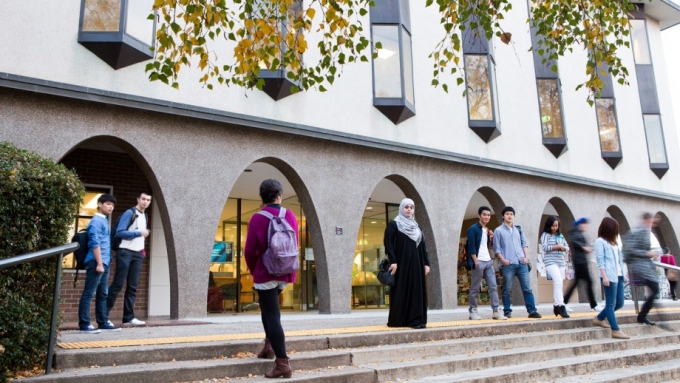The ANU has been named in the top 10 of the world’s most international universities.
The 2017 Times Higher Education international universities rankings has ANU at seventh in the world and between the University of Oxford (sixth) and University of Cambridge (eighth).
ANU was the highest ranked Australian university for the fourth year in a row.
Vice-Chancellor Professor Brian Schmidt AC said the rankings proved ANU was fulfilling its founding mission to ensure Australia has a strong presence in global research and learning.
“The ranking reflects the unique role ANU plays in linking Australia to the world,” Professor Schmidt said.
“ANU is doing its part to bring Canberra to the world and the world to Canberra,” he said.
Deputy Vice-Chancellor (Academic) Professor Marnie Hughes Warrington said the ranking was a great result for ANU and put the University in company with some of the world’s greatest institutions.
“Being an international university is part of our DNA,” Professor Hughes-Warrington said.
“ANU has always welcomed staff, students and visitors from around the world and has long prided itself on being an inclusive, diverse and highly international community that values global engagement.
“ANU also has a strong commitment to draw on the best research from across the globe and to collaborate with researchers in other countries. That all helps continue to attract the best people to join us.
“At the heart of our mission is the commitment to ensure an ANU education gives our graduates qualifications that can help them with their careers anywhere in the world.
“We’re helped by having our campus in the heart of the nation’s capital, which also has a strong international outlook.
“In Canberra, ANU has links to national institutions, government departments and foreign embassies and high commissions.
“Part of the ANU founding mission was to understand the world, and particularly the countries of Asia and the Pacific.
“We are home to leading centres for the study of the politics, economics and societies of the Asia-Pacific, including specialist areas on China, Japan, Indonesia, Myanmar and the nations of the South Pacific.”

